Traditionally, the apron and kitchen walls are faced with ceramic tiles, but plastic panels can oppose much to this material, both in terms of design and practicality. To understand why this is so, consider the classification of the material.
What are the plastic panels for the kitchen
Plastic panels for the kitchen are made of extruded polyvinyl chloride (PVC). They are classified into types according to size:
- PVC lining: 10-12.5 cm wide, up to 3 m long, as a rule, monochrome coloring;
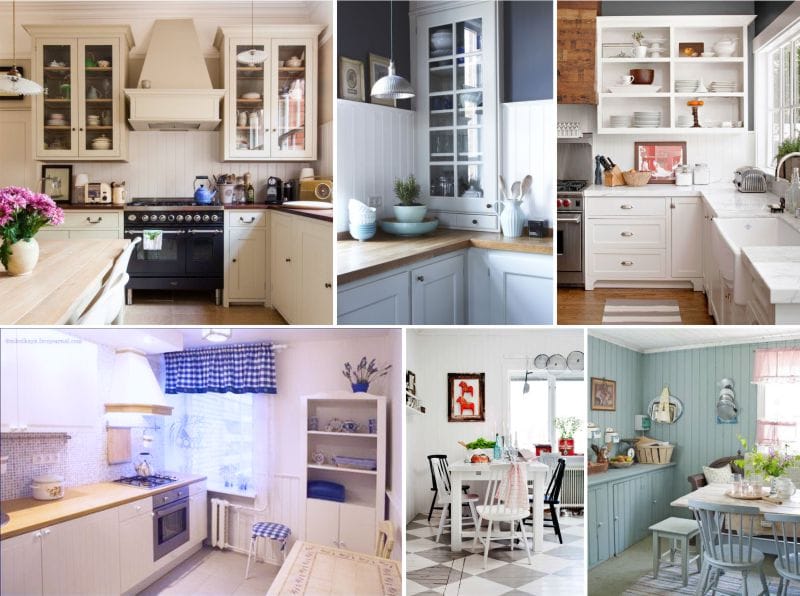
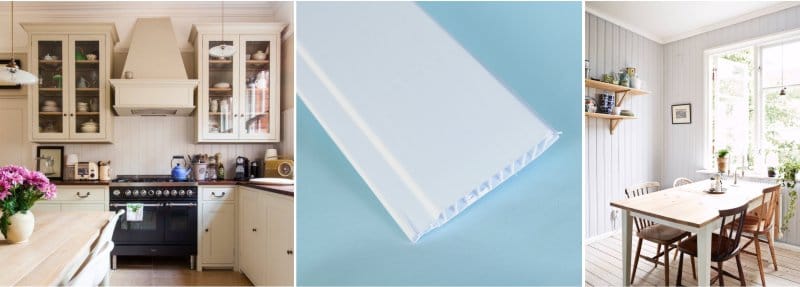
- The actual plastic wall panels: width 15-50 cm (25 cm more common), length up to 3 meters, seamless connection;

- PVC sheet: 0.8-2.03 meters wide, 1.5-4.05 meters long, from 1 to 30 mm thick; with a flat, smooth surface, matte or glossy.
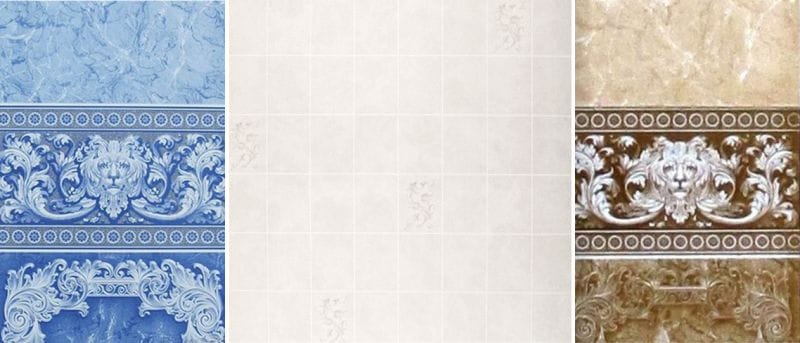
Advantages of plastic panels
The walls and apron of the kitchen, lined with plastic panels, have the following advantages:
- Ease of construction, which makes PVC fastening incredibly simple;
- Fast fixing work - plastic kitchen panels are mounted 10 times faster than ceramic tiles;
- Apron and plastic walls are incredibly easy to clean - they can be cleaned with napkins or washed with standard detergents (non-abrasive);
- Plastic panels for the kitchen are made of solid PVC, resistant to high temperatures (threshold of sensitivity - 120 °);
- Modern plastic trim allows you to create a kitchen apron with any design - with unusual prints, three-dimensional patterns or original colors, transparent wall panels are often used;
- And the main advantage - facing the walls and apron made of plastic - budget and affordable.
Cons of plastic trim
Of course, plastic wall panels have their drawbacks - in most cases they are the counterweight to the affordable cost. The main negative characteristics of plastic include:
- Small margin of safety, low wear resistance;
- The possibility of damage to the front decorative panel due to prolonged contact with detergents or ultraviolet rays;
- Flammability when in contact with open fire - this should be taken into account when placing a kitchen apron.
There is another caveat - PVC wall panels for the kitchen should certainly have all the certificates, including hygienic, confirming the manufacture of material from safe raw materials that do not emit harmful substances when heated.
Do not think that finishing the kitchen with pvc panels is impractical or unprofitable. The main thing is to choose the right material.
Recommendations for choosing wall panels
Choosing kitchen wall panels, you need to follow these recommendations:
- The dimensions of the plastic sheet or panel must be larger than the apron area so that the material goes beyond the cabinets and is slightly below the work surface.
- If you plan to place the plastic close to the hob, then do not forget to make sure that the material has fire safety certificates.
- The color scheme is selected depending on the characteristics of the kitchen: large drawings and dark colors are preferable in spacious rooms, while small panels will be more appropriate for wall panels with small floral patterns or soothing light colors. Win-win - light solid color or imitating wood panels without gloss.
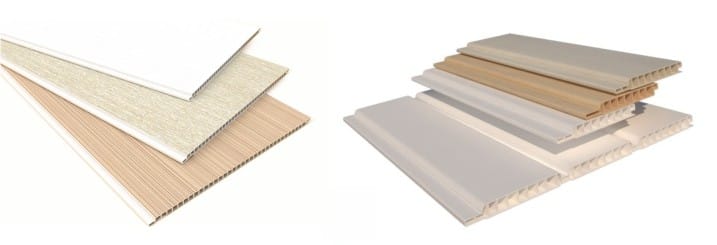
- You can choose wall panels of unique design textures: metallized for hi-techbrick for minimalism, woody - for classics, imitations of old images or ornaments - for vintage.
With the help of plastic panels in an apron and on the walls, you can even visually expand the kitchen space, if they are installed horizontally, and “raise” the ceiling in a vertical position.
Tip! A plastic apron should be supplemented with a border protecting the panel joints from moisture and dirt.
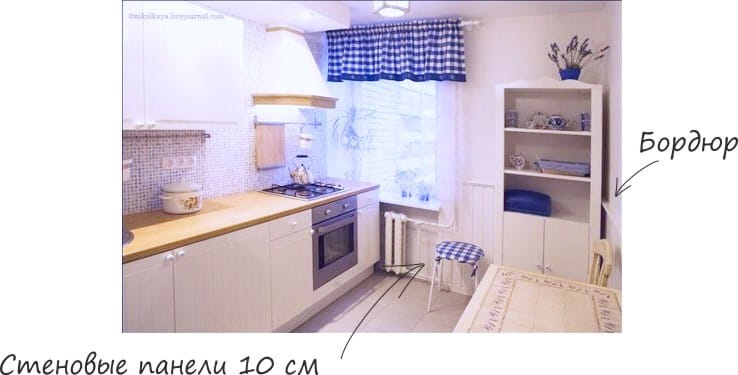
Fasten the wall panels with your own hands
To fix the panels in the apron or on the walls you will need the following tools:
- Perforator drill and screwdriver;
- Pencil, tape measure;
- Plummet, or level;
- Construction stapler, staples to it;
- Glue;
- Profile of metal or wooden beams to create crates;
- Suspensions;
- Dowel, screws;
- PVC panels of the chosen type and size.
Method 1. Plastic panels can be glued directly to the wall. This is an easy-to-implement method, but disassembling the material without damage if necessary will not work. In addition, gluing is possible only if the kitchen walls are even and their difference is no more than 1 centimeter. Additionally, the panels should be fixed in the corners with self-tapping screws.
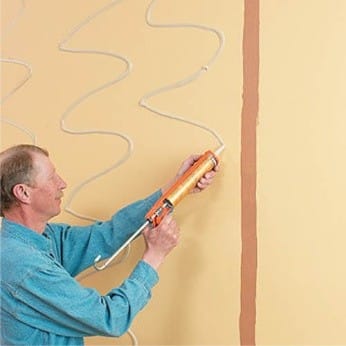
Method 2 You can fasten the material directly to the wall - for this, mounting holes are drilled, the panel is fixed, and the places where the screw heads are located are masked with plugs. For this method of fasteners, you will need to pre-prepare the wall: to seal the cracks and gouges, align, prime.
Method 3. Plastic can be installed on the crate - first, the panels are screwed (attached) to the profile or strip, and then mounted on the wall.
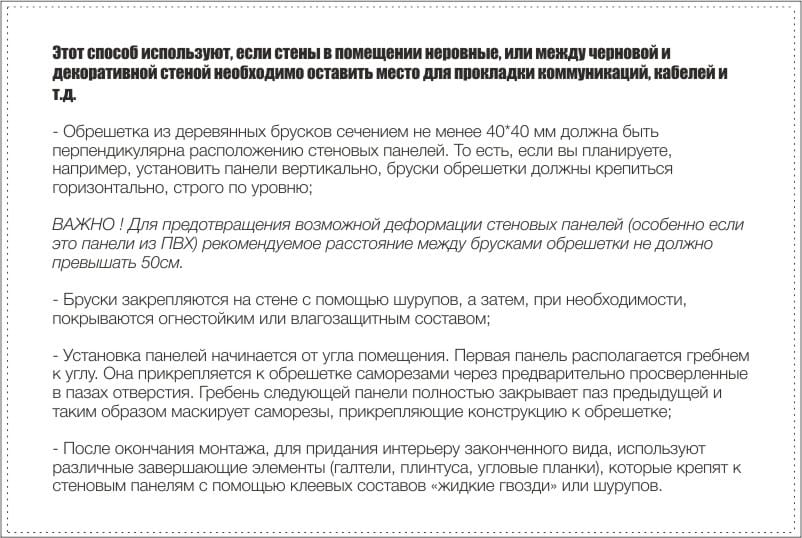
Method 4. Installation of plastic panels with the help of metal profiles and staples is performed using similar technology using crates.
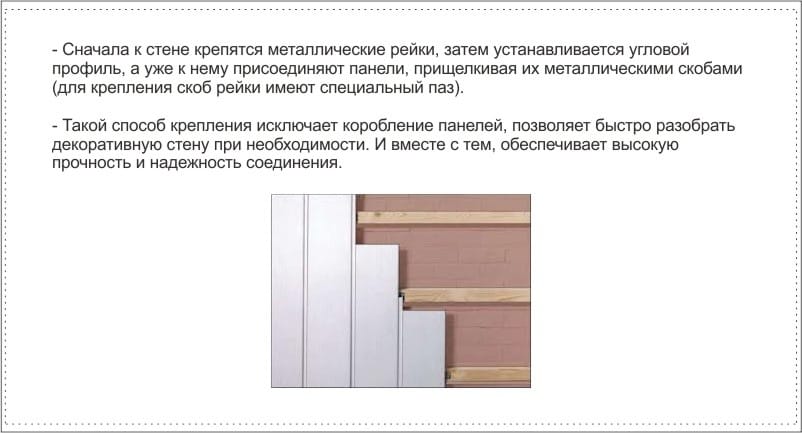
Plastic panels for facing the kitchen apron and walls - this is a limitless choice of design, thanks to which your kitchen will change. You can choose from the widest palette of colors - from white to black, smooth or textured surfaces that mimic leather, fabric or any natural material, three-dimensional patterns, photo printing, semi-matte, matte, glossy or mirror coating. And if desired, the plastic panel is easy to change, because the material is budget. More information about the plastic apron can be found in the material: Plastic apron - information for customers.
- How to choose an apron for the kitchen - Help for the buyer
- The correct size of the apron is the secret of a comfortable kitchen.
- We mount a kitchen apron from a tile independently
- Design of wall and floor tiles: size, color, successful combinations
- White apron - the perfect solution for any kitchen

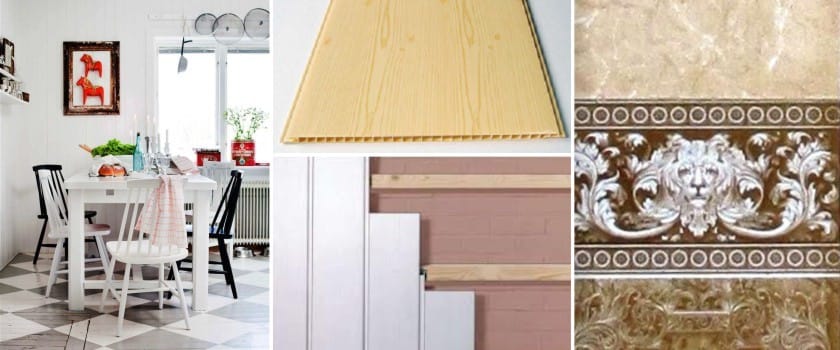

 (Rate the material! Already voted:19 average rating: 4,53 from 5)
(Rate the material! Already voted:19 average rating: 4,53 from 5)